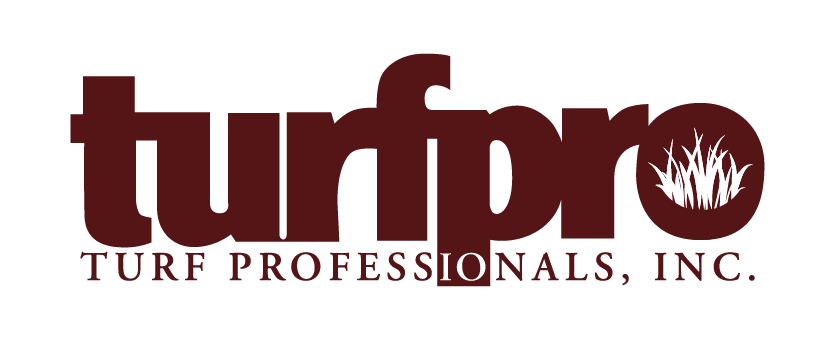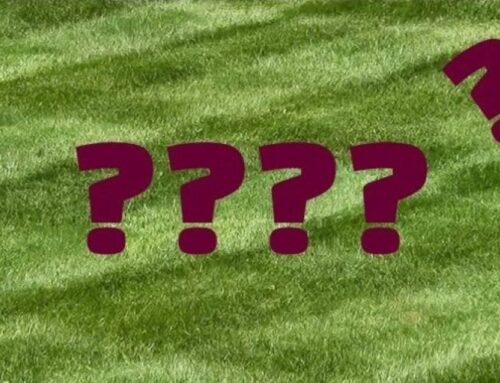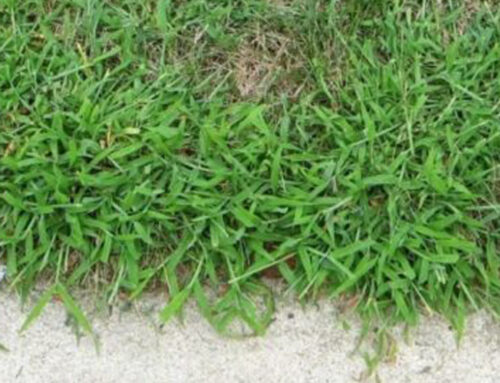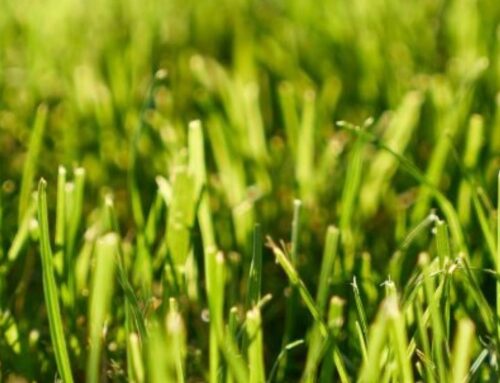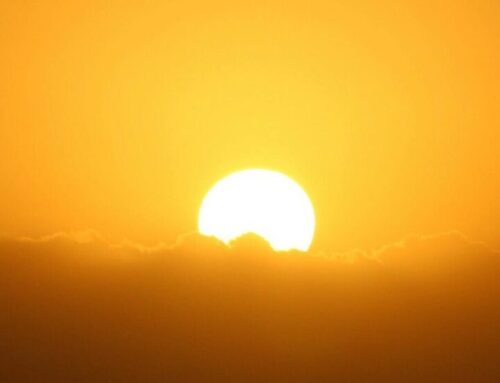Flea and Tick Applications– These applications are done from the months of May thru October when fleas and ticks are active. The applications are done at 4-6 week intervals. Typically 4-5 treatments are needed in a season to ensure proper control of these pests. Less can be done but, control may be more limited. These applications can be done as a liquid or granular treatment. Any rainfall will benefit these treatments.
Lawn Fungicide Applications– There are many types of lawn diseases that can attack the turf throughout the season from spring red thread and leaf spot to summer patch disease and rust. Most lawn diseases will clear up on their own with the passing of time, but, lawn diseases are very weather related. With the proper conditions, they can continue to spread. The lawn fungicide application will help to control the spread of most lawn diseases. Diagnosis before treatment would be needed to determine which disease is present and the proper product that would be needed for control. In some cases, more than one fungicide treatment may be needed depending on the severity. These applications can be done as a liquid or a granular treatment.
Nutsedge Control– Nutsedge is a very invasive seasonal plant. It requires very specific chemical applications and proper timing for control. This lawn intruder can take a number of seasons to control because of its growth and reproductive habits. Pulling this invader can actually make the problem worse and the amount of nutsedge can vary from season to season depending on the weather conditions. Pricing for this treatment is determined on the amount of nutsedge that is present in the turf. Usually, more then one treatment is needed to control this troublesome turf invader. This application is done as a liquid treatment.
Acclaim Application (Post-emergent crabgrass control) – Acclaim is used for the control of severe crabgrass infestations. This application is normally for lawns that have not been treated in a very long time or have had severe lawn weed problems in the past. Usually, the customer is just starting a new lawn care program and the crabgrass has already germinated and is in very high population. Aeration and seeding is normally done in the fall following this treatment due to the heavy crabgrass damage to the turf and severe thinning. Similar products may be used in lieu of Acclaim depending on availability. This application is done as a liquid treatment and as the weather permits.
Aeration and Overseeding– Aerating the lawn is a very good maintenance practice. This will help to incorporate air into the soil which will allow the roots to respire, allow better water and fertilizer absorption, and help to break up and reduce thatch. Overseeding isn’t always needed but, is a common practice with the aeration to help to fill in thin turf and improve the overall appearance of your lawn. Light leaf coverage is not normally an issue with aeration and seeding. It can be done in the spring or in the fall. Typically the aeration and seeding is done in the fall because of the weather conditions. Doing the aeration and seeding in the fall will also give the young grasses a better chance to become established before the heat of the following summer. In cases where spring aeration and seeding are needed, watering is extremely important to maintain the young grasses.
